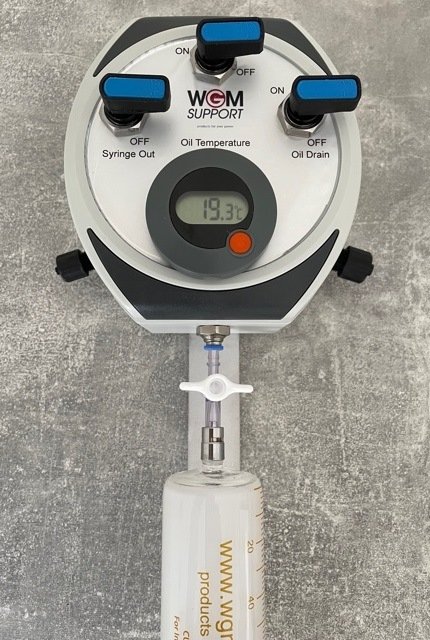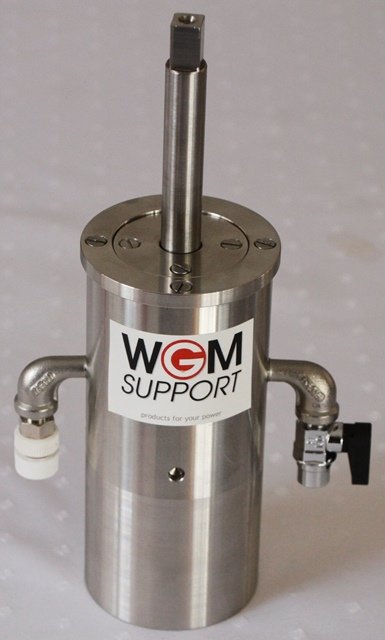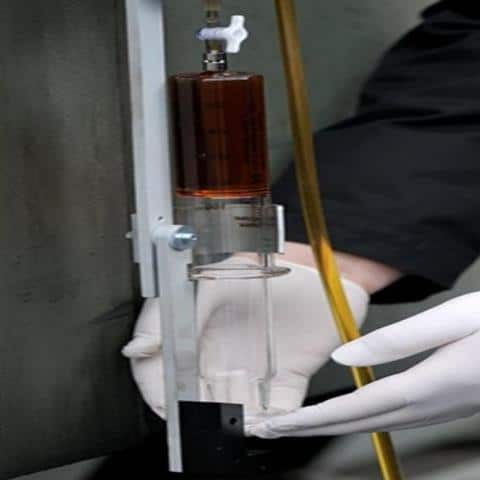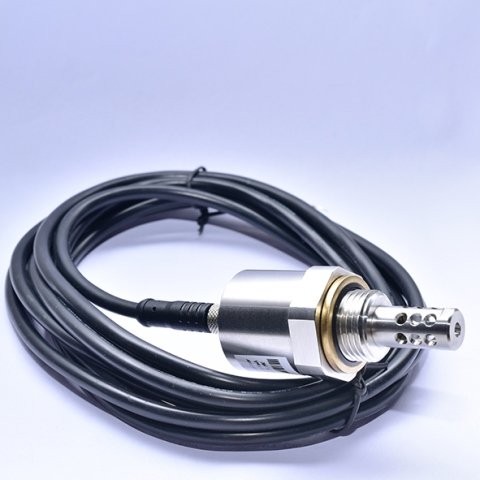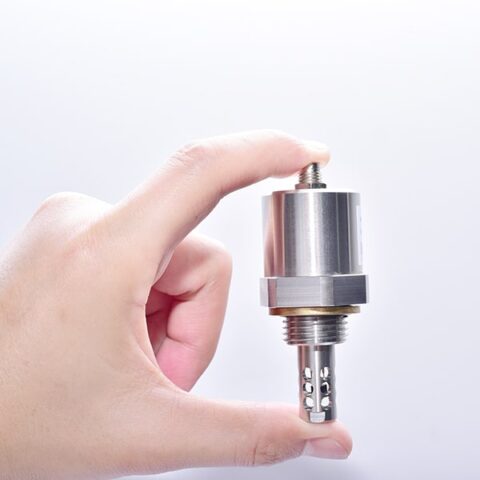
Moisture measurement in oil | ST-200 Sensor
The ST-200 Moisture measurement in oil Sensor is a high-precision tool for measuring moisture in oil online. It uses WGM Support technology, giving it exceptional sensitivity to changes in water content. This allows accurate, real-time monitoring of oil quality, which is essential for reliable equipment performance.
The sensor is highly sensitive to water contamination. It can detect dissolved, free, and emulsified water. Its wide test range of up to 1015 allows accurate readings in varied conditions. Unique grounding technology enhances reliability and durability, while the sensor’s advanced design makes cleaning easy.
The ST-200 meets international standards and is suited for commercial and industrial environments. It provides continuous, 24/7 oil quality monitoring to keep essential equipment safe. By enabling preventive maintenance, it helps avoid costly downtime and reduces expenses due to oil quality issues. Additionally, it lowers oil change and disposal costs, promoting environmentally friendly operations.
The Moisture measurement in oil is widely used in industries such as oil production, refineries, power plants, power transmission, construction machinery, aviation, transportation, steel and metallurgy, oil storage, and manufacturing. It works with many types of oil, including lubricants, hydraulic oils, gear oils, engine oils, fuel oils, insulating oils, turbine oils, and both light and heavy oils.
The ST-200 pairs easily with the ST-200 indicator meter for precise monitoring of moisture and temperature. Warning points are flexible, and the built-in AC/DC module provides a stable 24V DC power supply. Together, these features form a complete solution for maintaining and monitoring oil quality in various industrial applications.
We would be happy to advise you on the following topics: Moisture Sensor | oil quality sensor | oil moisture and water activity.

